Amphorae / Noam Dover and Michal Cederbaum
Curator: Shlomit Bauman
Opening: Friday, 9.4.2021, 10:00-14:00
An online Gallery Talk: Sunday 5.5.21, 19:30, For registration
Closing: Saturday, 5.6.2021, 14:00
Amphorae are vessels used for storage since the 10th Century BC, common amongst the people around the Mediterranean Sea. The amphorae were “boxes” or perhaps even “containers” of ancient time. Often, amphorae were tied together in a bunch for transport, loaded on cattle or freight boats. Amphorae carried wine, wheat, dried fish, olive oil, various objects, raw materials, etc. The raw materials, foods and merchandise arrived in the amphorae in ports and in populated areas and were divided into small portions in glass vessels. However, in addition to the transport of goods, they also carry the traces of trade routes and migration paths, an extensive culture with a rich world of forms. Amphorae echo time, shipwrecks, fragments of clay and glass, and like ghosts tell the stories of the past and the present.
Amphorae were made mostly of clay and making them required expertise in the work methods to make the beautiful forms including the technology essential for working with clay.
Amphorae were first documented by the German archaeologist Heinrich Dressel at the end of the 19th Century, in a table for forms, timeline and geographical location[1]. The Dressel table became the source of inspiration for Noam Dover and Michal Cederbaum, a reference for form and a dialog between archaeology and contemporary.
Their studio in Ein Ayala is near one of the largest glass studios found in Israel from the Roman Empire (at the foothills of the Carmel Mountain). It appears that the technology of melting sand and making it into glass arrived in Israel with the Phoenicians who were settled on the coast from Latakia in Syria to Ashkelon in ancient Israel. The geographical proximity between their studio and the ancient location of making glass fired their imagination as well as the contrast between working with soft mud as opposed to large blocks of glass from ancient times that remain as evidence of the technology of melting sand in huge furnaces to molten glass. The location of this workshop used the sand from Acco which is rich in quartz and considered of excellent quality. Despite the distance in time Dover and Cederbaum feel a close affinity to those makers listening and learning from the past. Their work is loaded with history but is not caught up in sticky romance or the magic of restoration. Their move is professional, humble, attentive to the material, aware of tradition and the value of contemporary language.
A breath of fresh air of glass
Dover and Cederbaum base their work on the fascinating meeting point between design and craft with a broad “toolbox” built with hands-on experience that brings an in-depth expertise and virtuoso technological ability. They use ancient and new technologies, developing unique work methods based on research and curiosity which brings them control of the uncontrollable and the ability to develop a new language of form.
Glass is a tough material in many ways: It is hard to control, softens in heat and crystallizes with controlled cooling within a specific time frame, cooperating in very particular conditions all through the work process – and if not, will reward the makers by exploding, collapsing, and cracking. In addition, inherently glass is shiny and flashy with a broad tradition of sticky decorativeness. Dover and Cederbaum take upon themselves the difficult task, guerilla action in a material and metaphorical minefield, and distill their clever making with a free spirit, contrasting low-tech and high-tech, using traditional glass making methods and digital 3D printing technologies.
The works presented in the exhibition, are an intermediate summary of a long process of research, that have escaped the potholes on the way and have become a body of mature and sensitive work. They do not show the endless processes that failed, the experiments that reached a dead end. Their beauty conveys an effortless lightness, like a breath of fresh air in the world of glass and invite the visitors to take the time to decipher them.
Objects represent hybrid imaginations
The amphorae of Noam Dover and Michal Cederbaum lie on the border between what appears to be translucent, the remains of translucent objects, and what has amber-like translucency. There are two series and each one has a different interpretation of the concept of an amphora in form and technology. Both the series are in dialog with the ancient world but present a new language of form questioning place and time.
The form of the first series is reminiscent of tall or crumbling forms, with a textile like 3D volume, like a creased garment looking to be comfortable on the body or somewhere between a tight form and material collapse. The second series is a hybrid combination of different forms of amphorae, based on the Dressel table of forms. These amphorae are melded into one form, the source of the original forms is obvious but the graft of the two parts makes a new form, a kind of fragile de-construction which examines the relationship between different historical amphorae.
The works in the exhibition examine the translucency and the potential color of the objects. This is a kind of base line for the observer to reconsider the concepts of “present”, “container”, “language”, “internal and external”, “material” and “story”. The minimal translucency heightens the awareness of the visitor without taxing the senses.
[1] Heinrich Dressel, in his book 1899, Corpus Inscription Latingrum, first cataloged a table for forms and characteristics of amphorae especially from Rome (between 150 BC and the 3rd Century AD). By the end of the 19th Century only a few amphorae were found and those that were found were not described. Dressel is considered a pioneer in archaeological research of amphorae and to this day his table is used as the basis of research for form, geography and history of amphorae found in different regions of the Mediterranean Sea (the eastern Mediterranean coasts, southern Europe, and northern Africa).

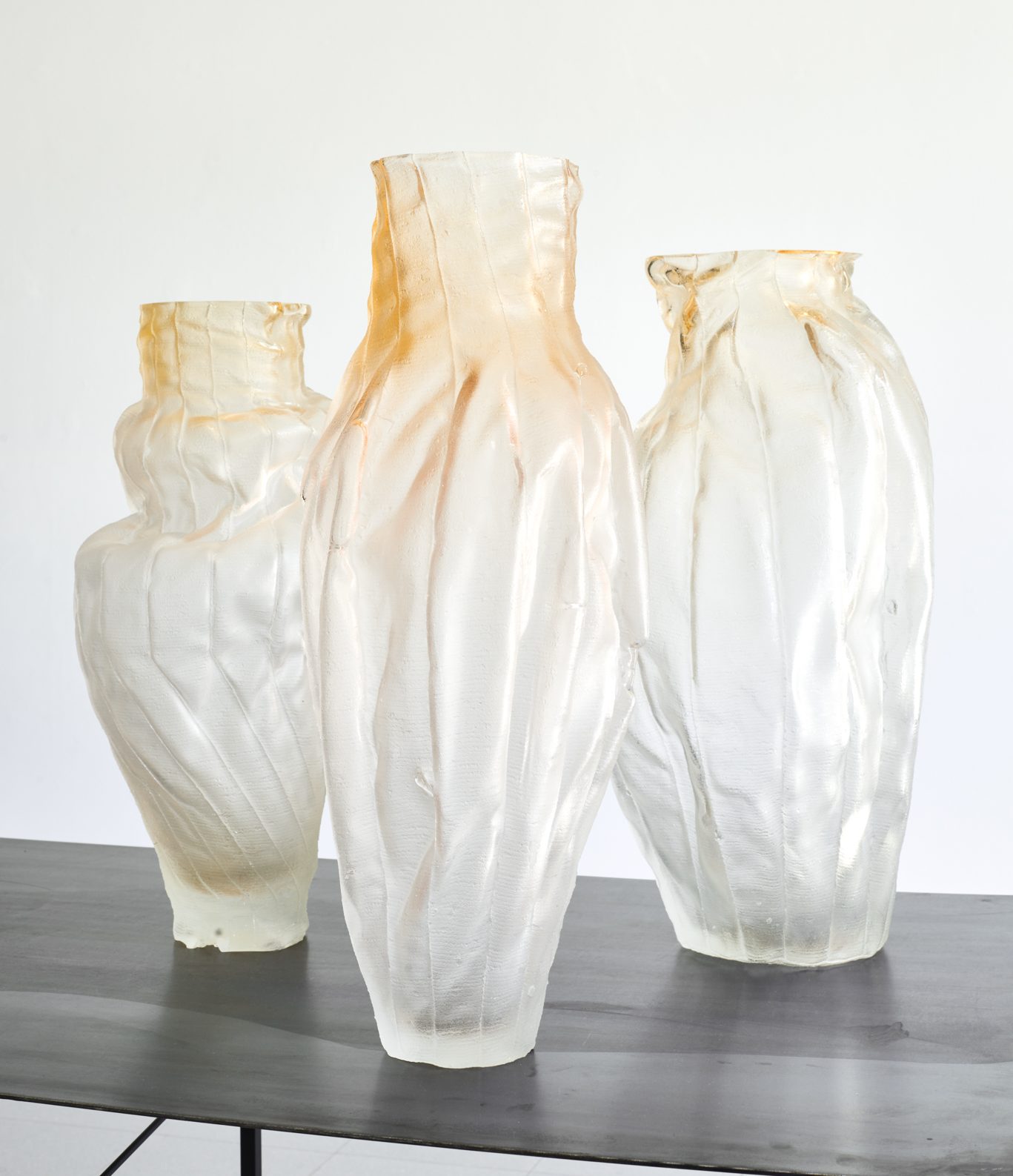
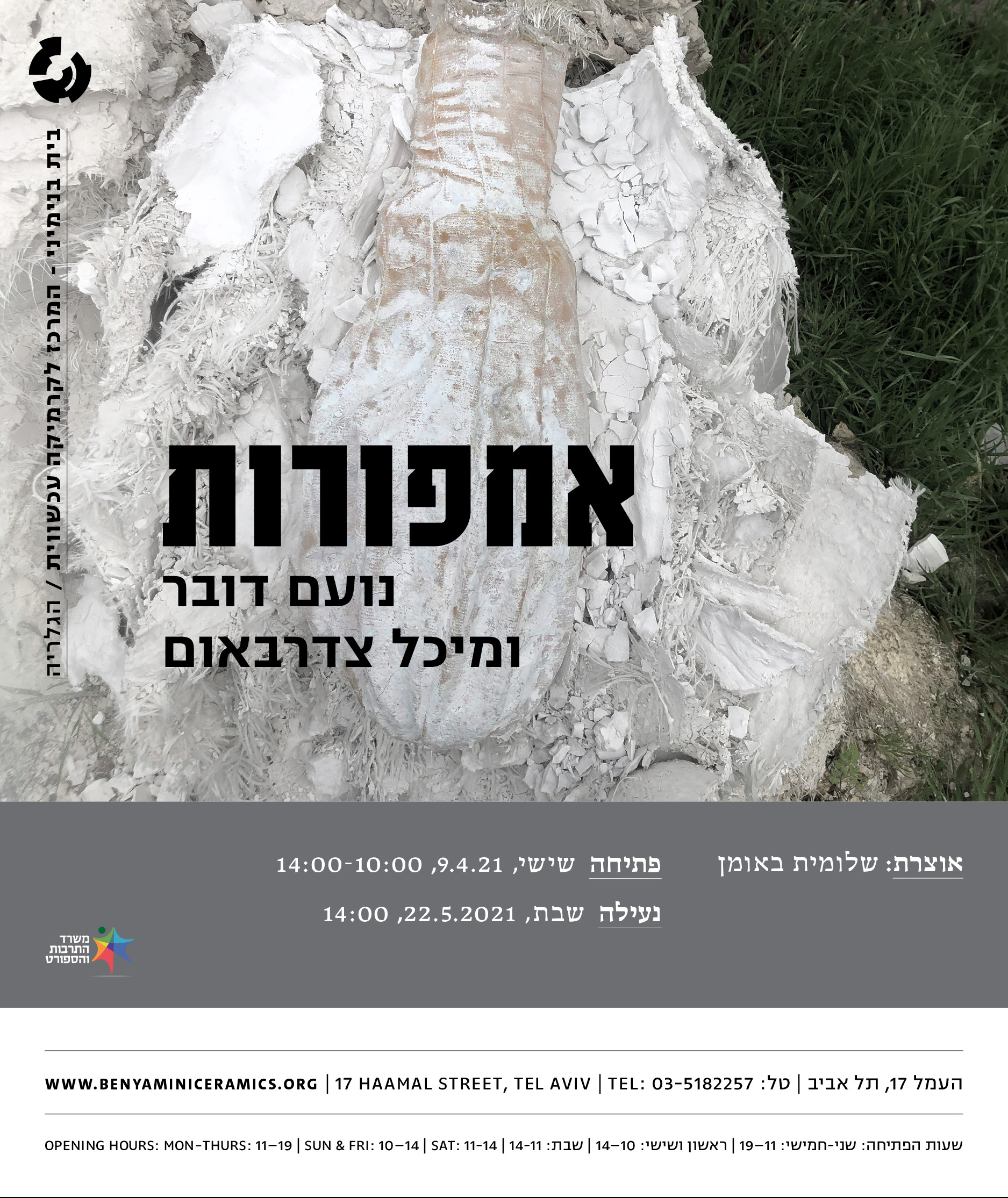 amphorot square_invitation
amphorot square_invitation
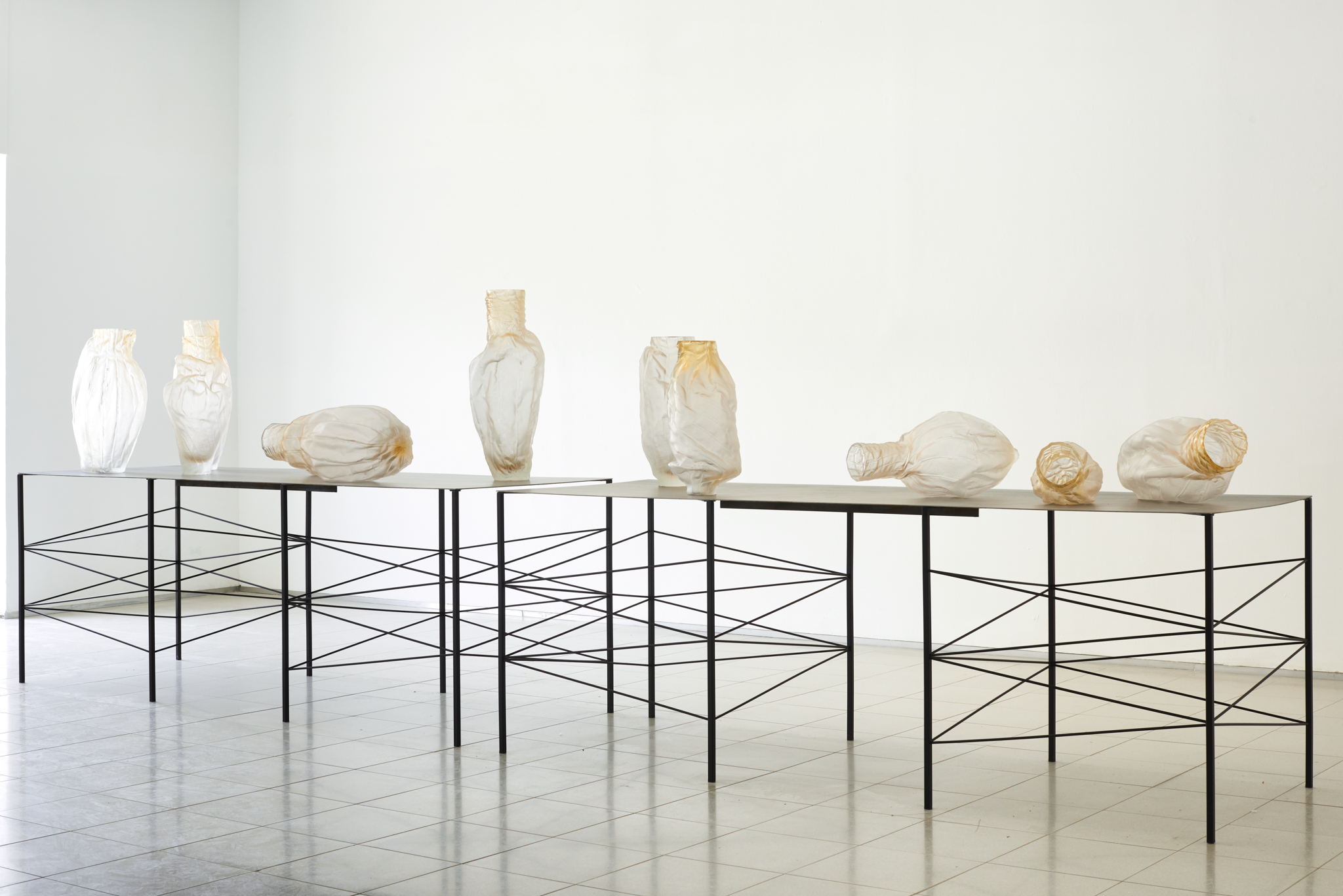 אמפורות_צלם דור קדמי
אמפורות_צלם דור קדמי
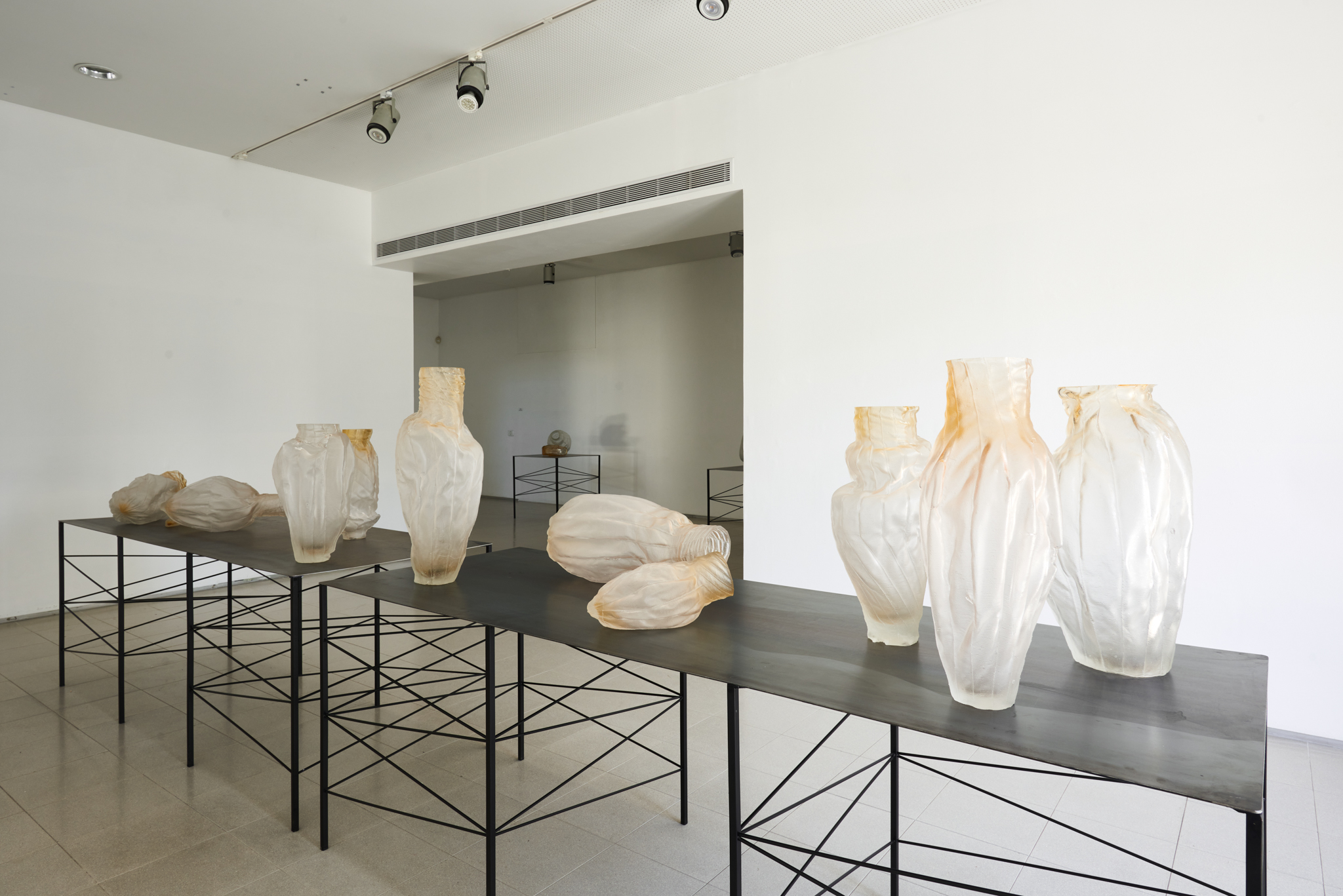 אמפורות_צלם דור קדמי
אמפורות_צלם דור קדמי
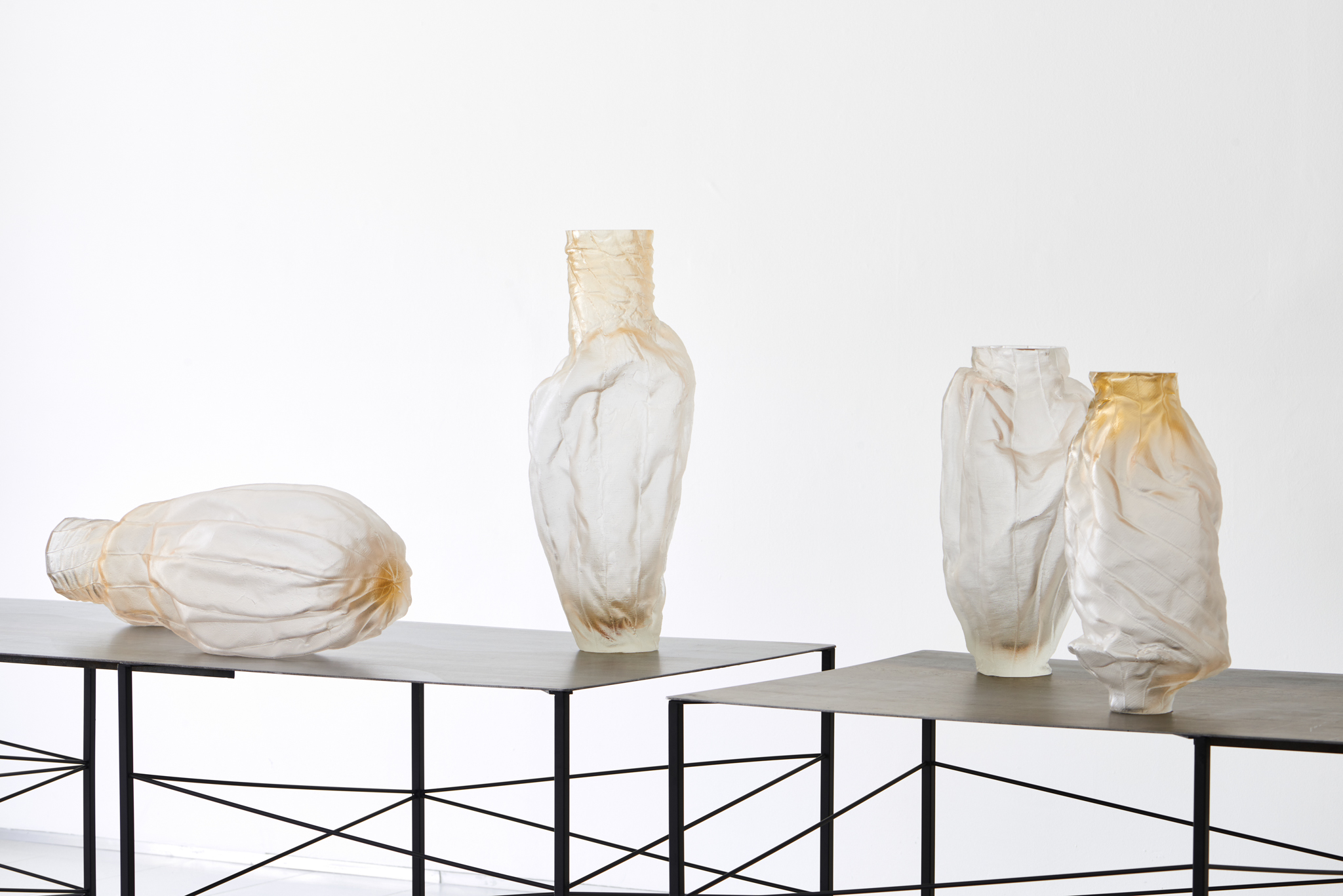 אמפורות_צלם דור קדמי
אמפורות_צלם דור קדמי
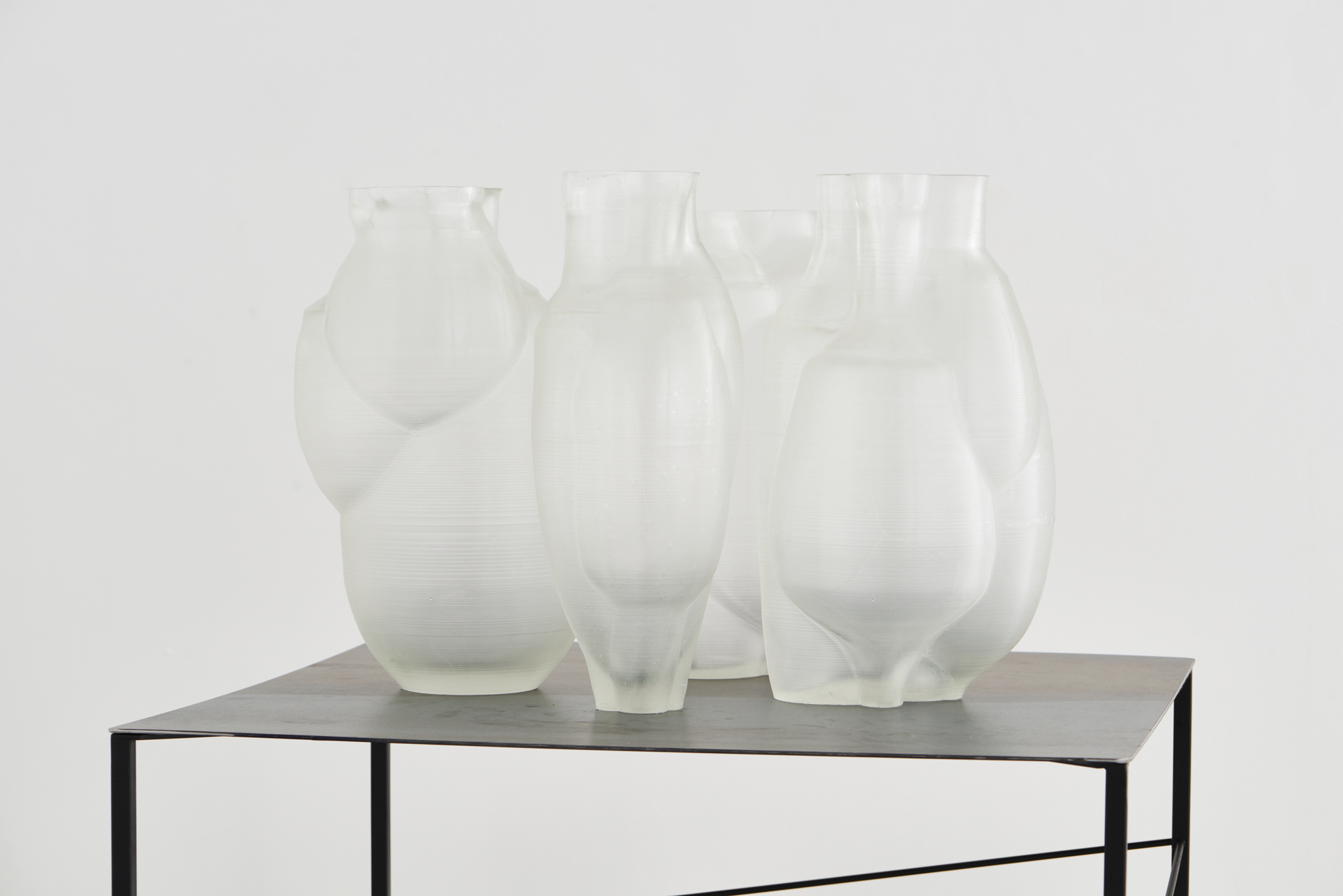 אמפורות_צלם דור קדמי
אמפורות_צלם דור קדמי
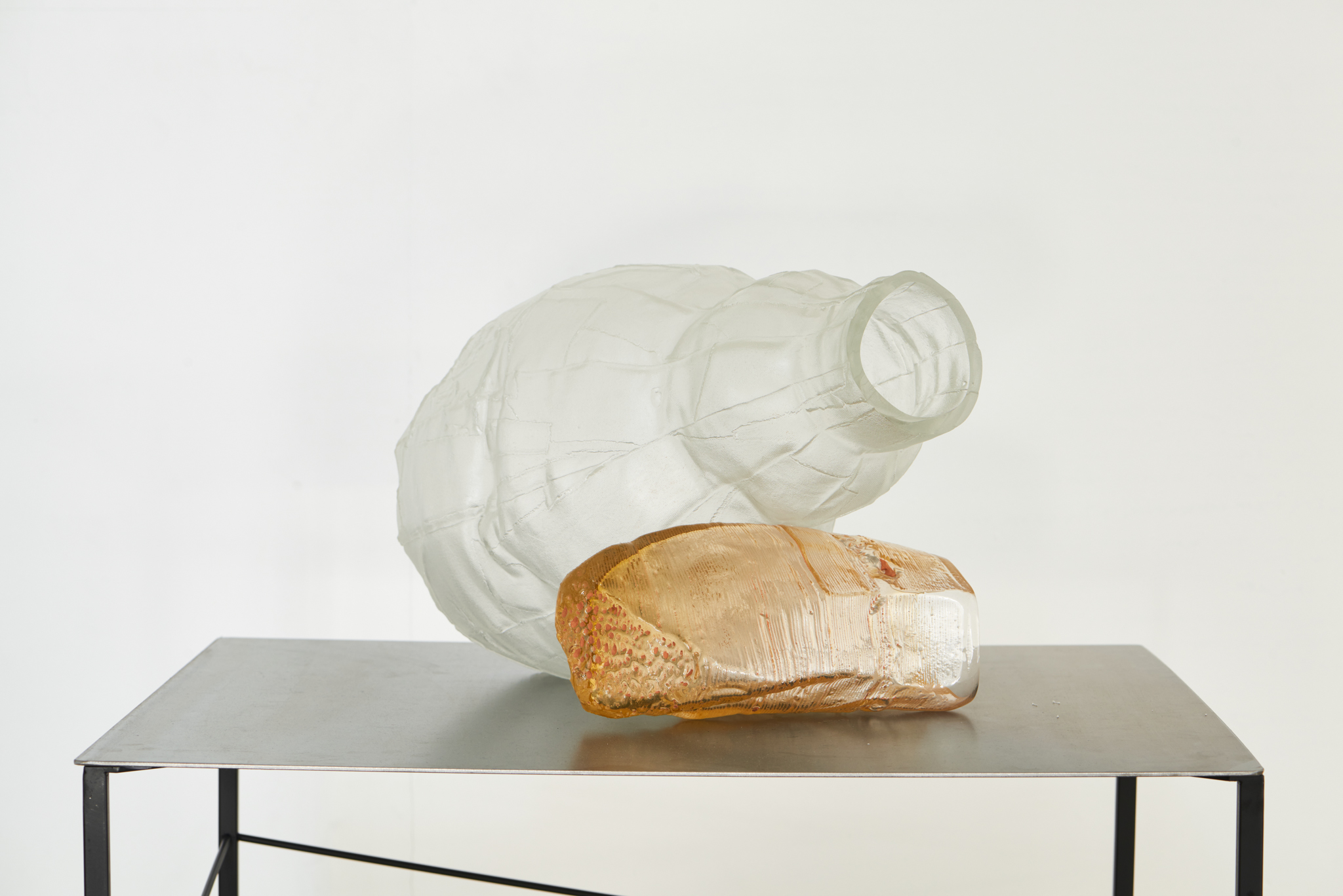 אמפורות_צלם דור קדמי
אמפורות_צלם דור קדמי
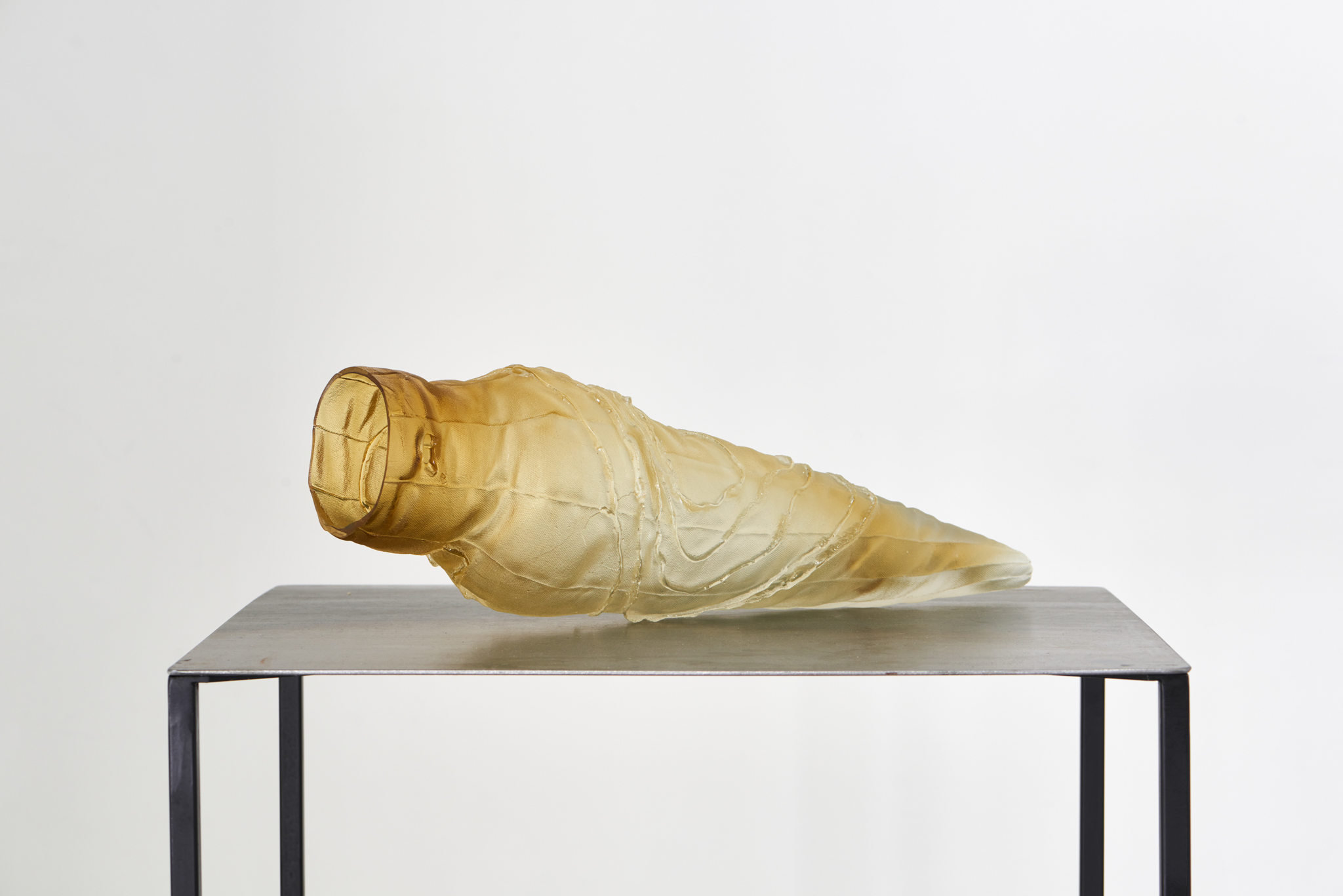 אמפורות_צלם דור קדמי
אמפורות_צלם דור קדמי
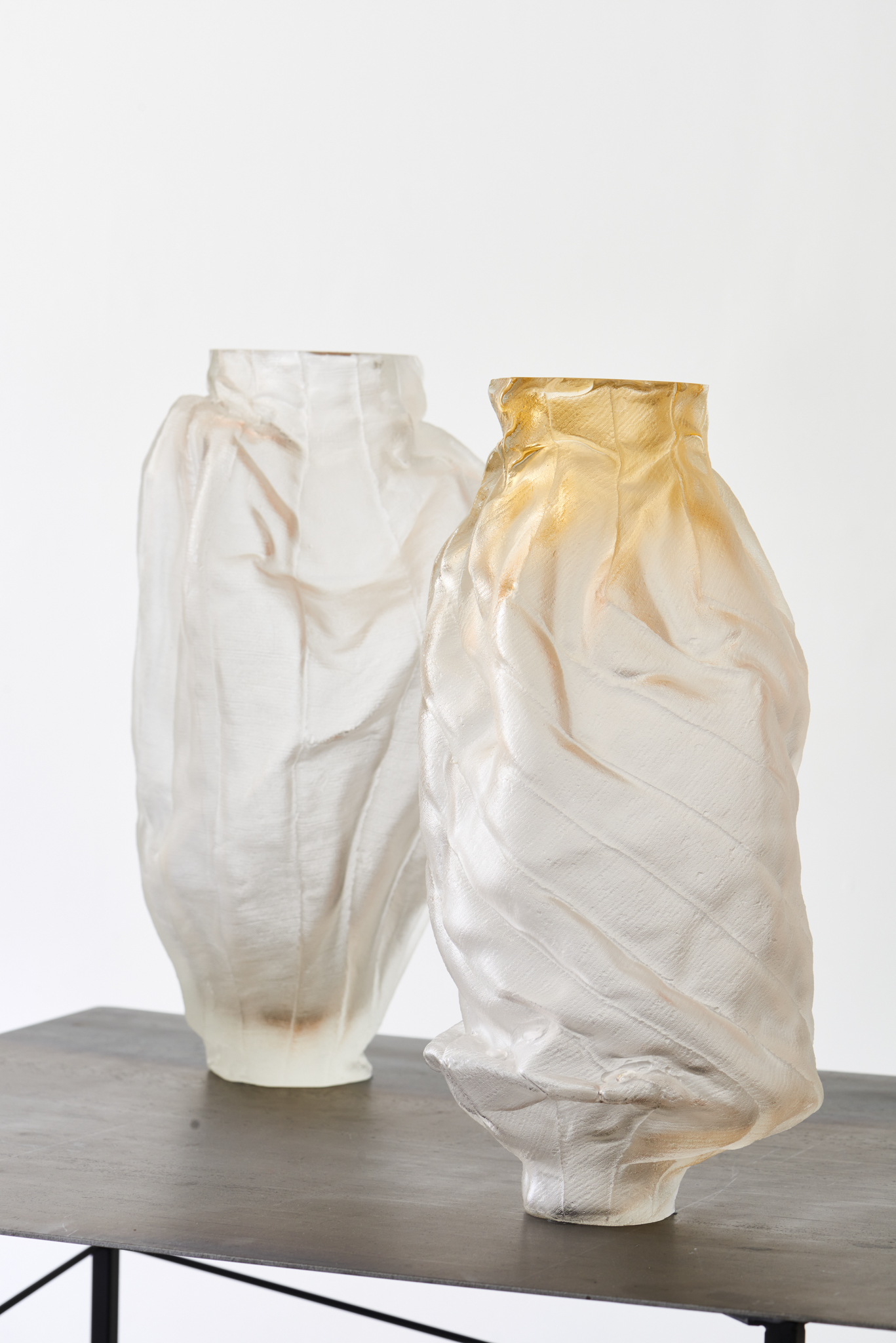 אמפורות_צלם דור קדמי
אמפורות_צלם דור קדמי
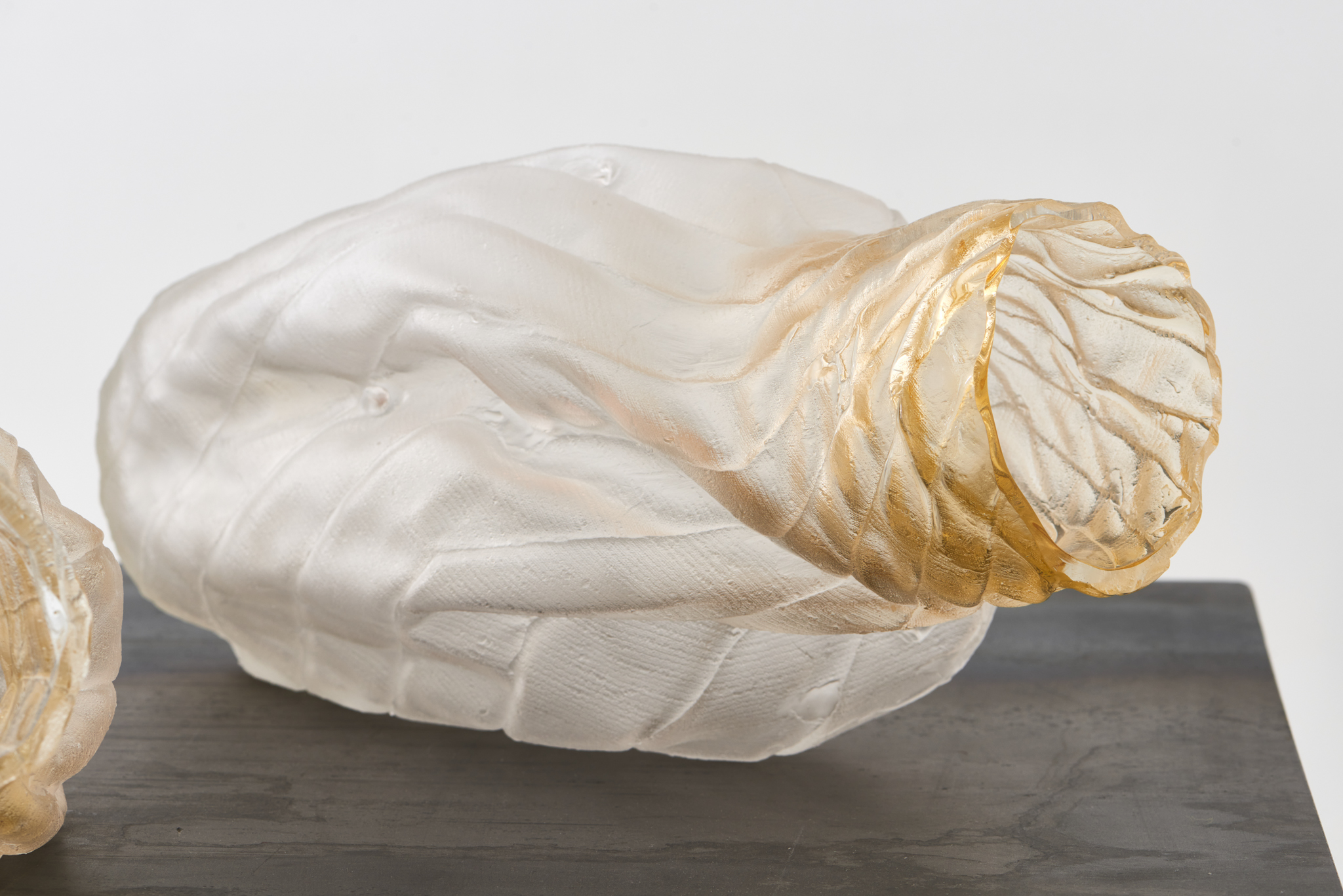 אמפורות_צלם דור קדמי
אמפורות_צלם דור קדמי
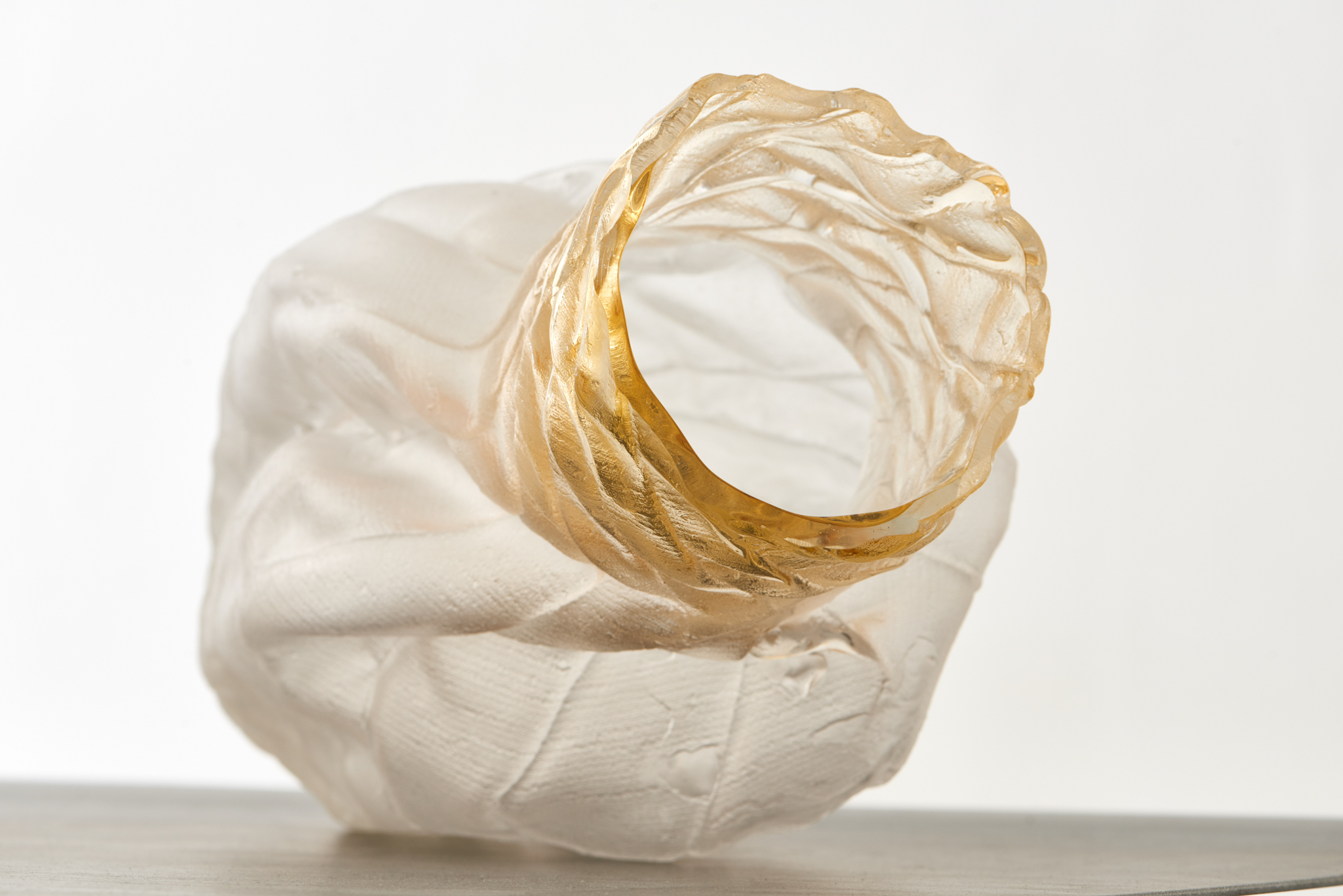 אמפורות_צלם דור קדמי
אמפורות_צלם דור קדמי
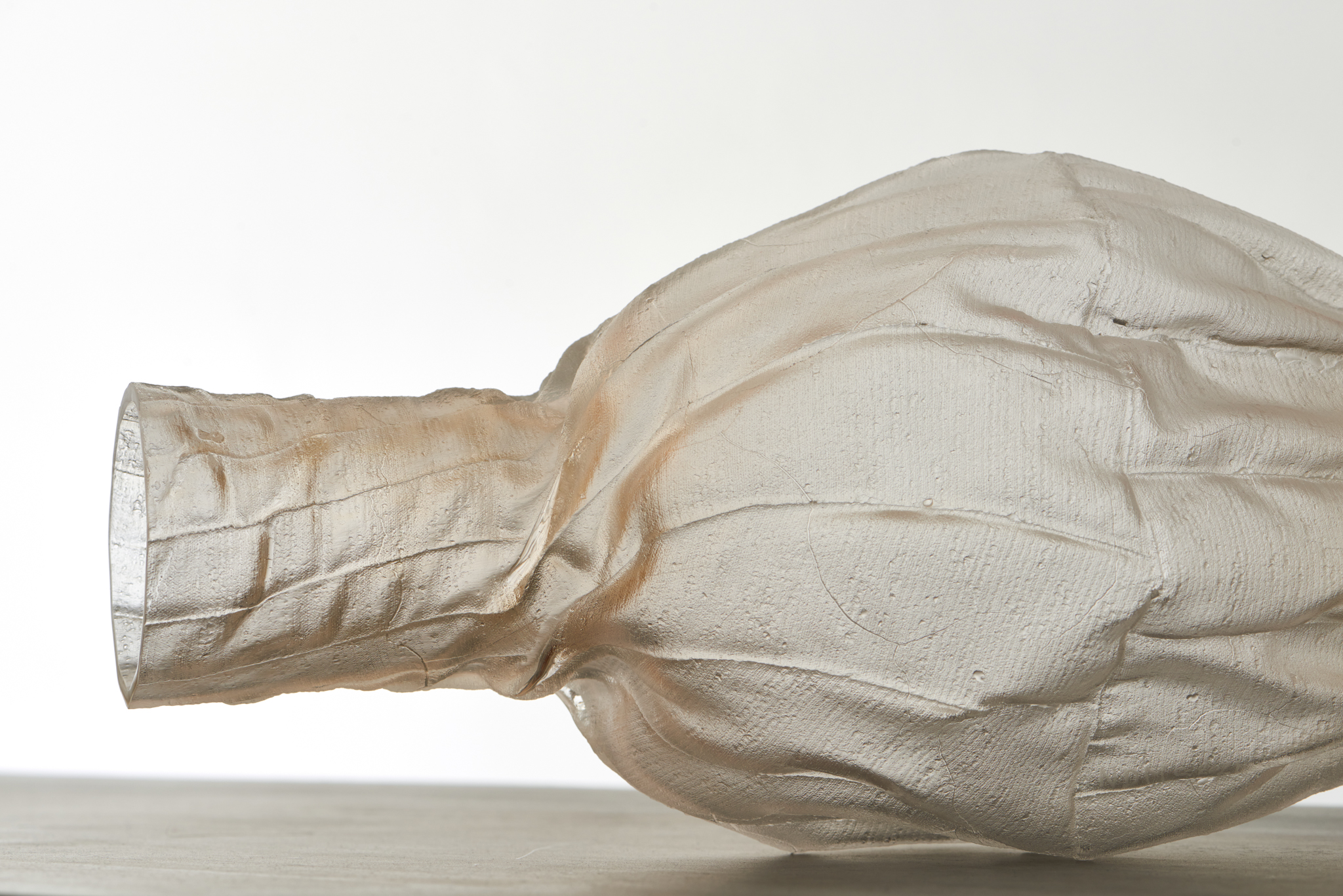 אמפורות_צלם דור קדמי
אמפורות_צלם דור קדמי
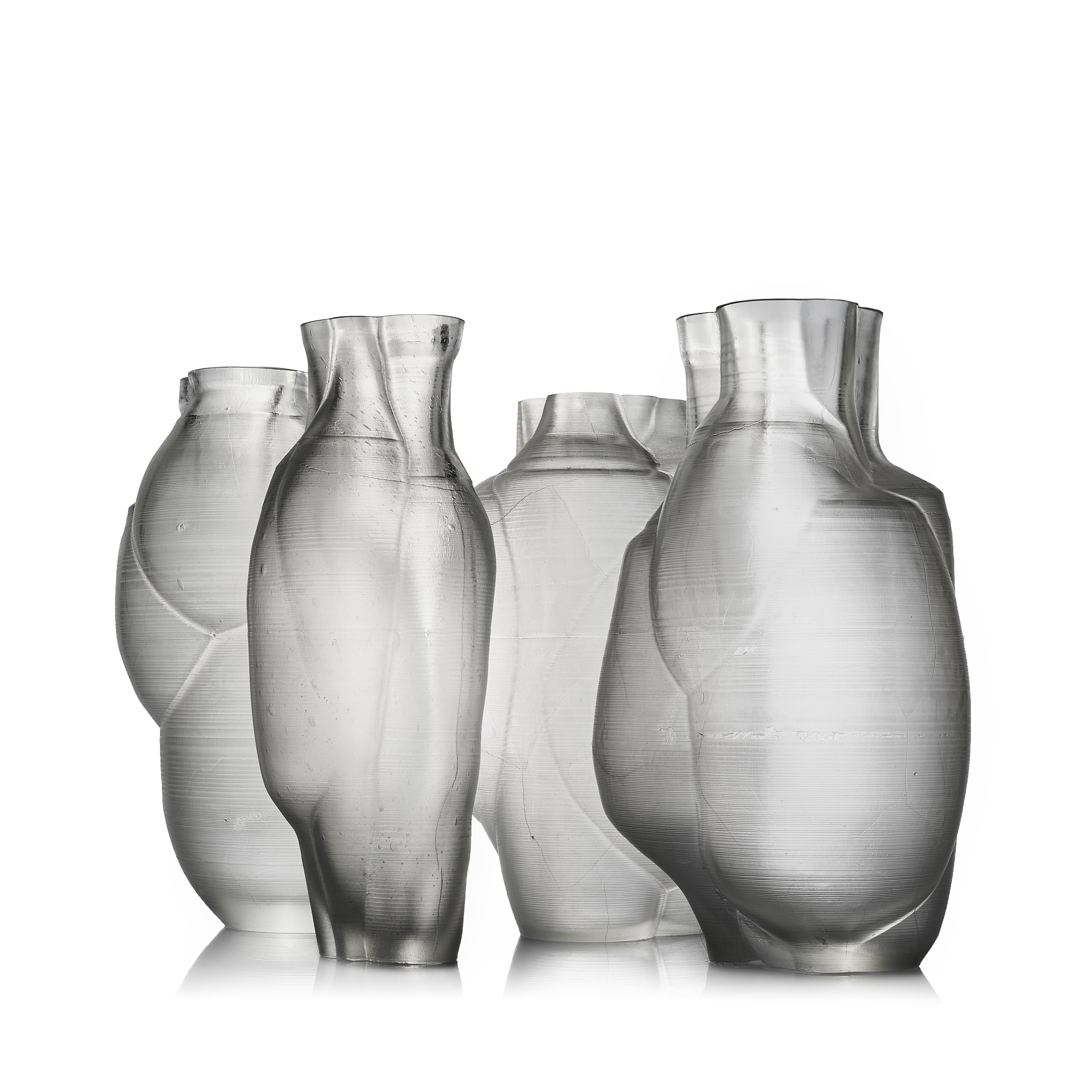 נועם דובר ומיכל צדרבאום_צלמים שחר וזיו כץ
נועם דובר ומיכל צדרבאום_צלמים שחר וזיו כץ
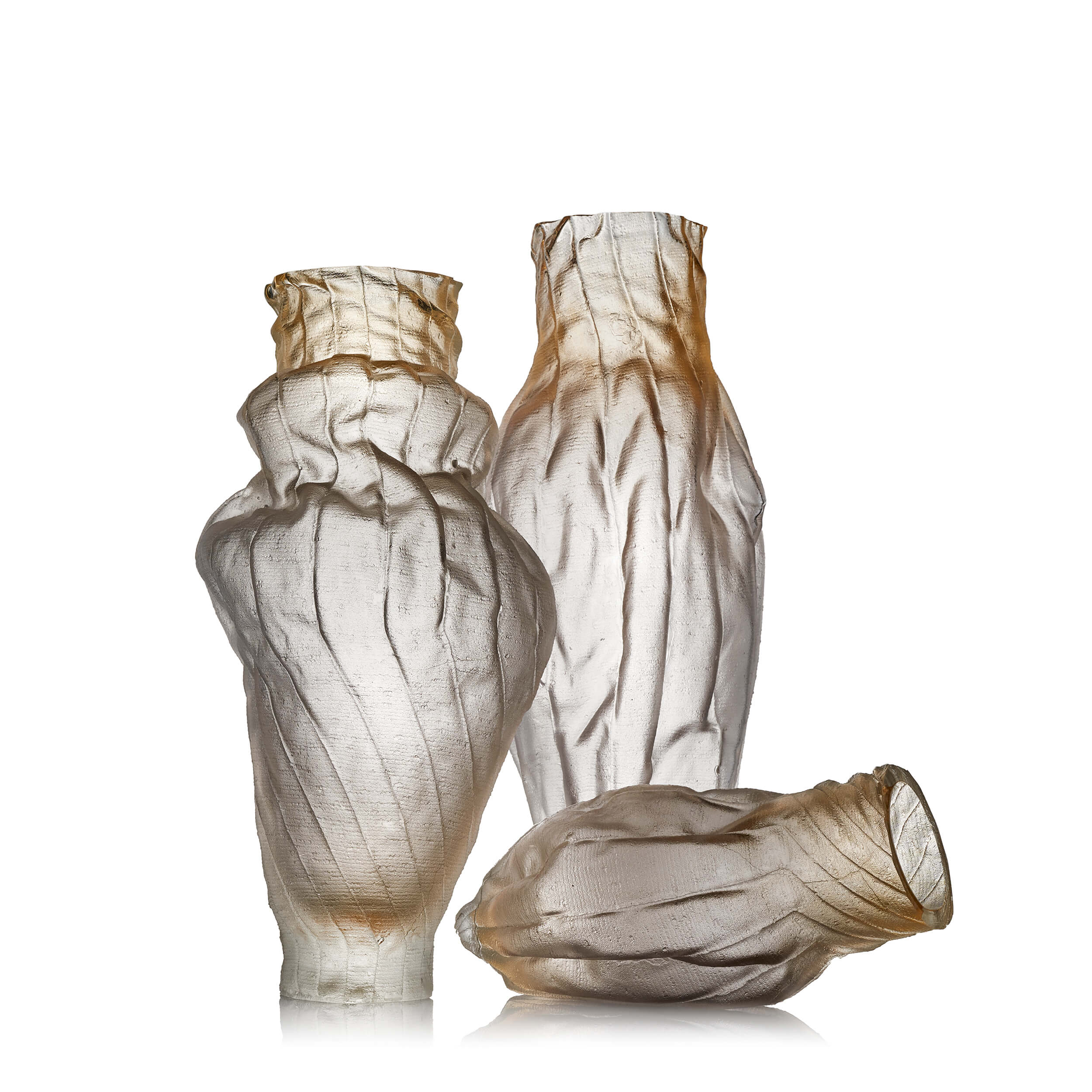 נועם דובר ומיכל צדרבאום_צלמים שחר וזיו כץ
נועם דובר ומיכל צדרבאום_צלמים שחר וזיו כץ
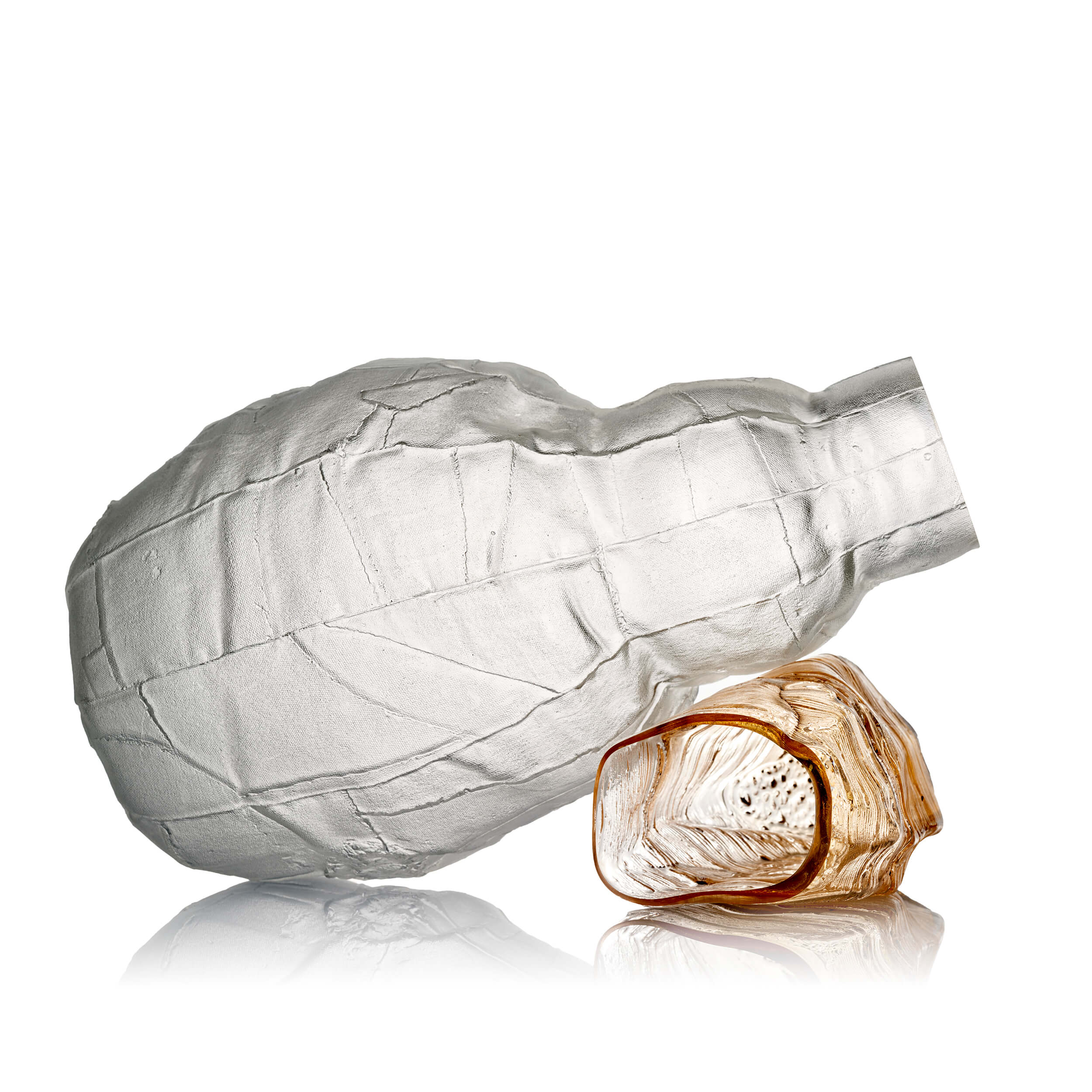 נועם דובר ומיכל צדרבאום_צלמים שחר וזיו כץ
נועם דובר ומיכל צדרבאום_צלמים שחר וזיו כץ
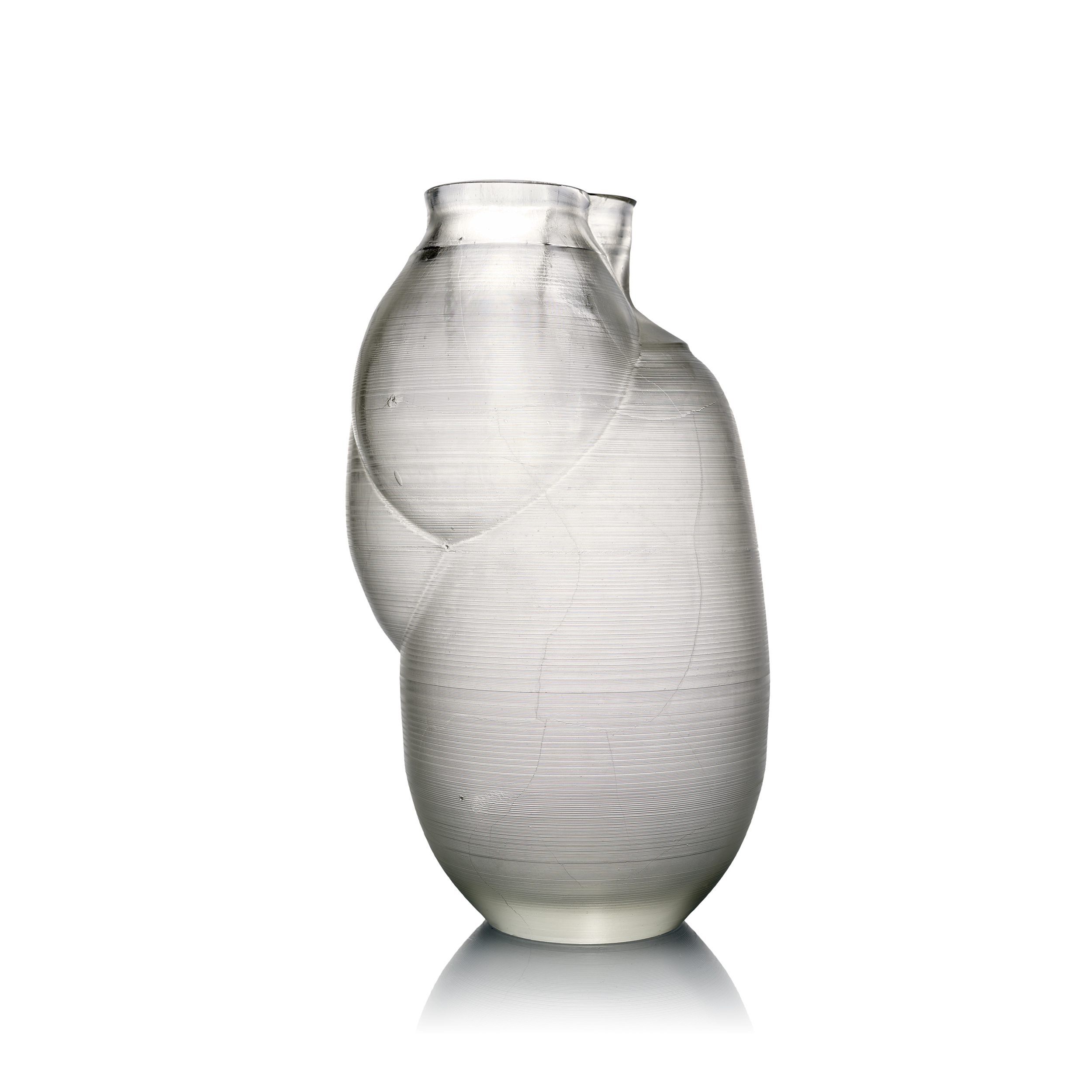 נועם דובר ומיכל צדרבאום_צלמים שחר וזיו כץ
נועם דובר ומיכל צדרבאום_צלמים שחר וזיו כץ
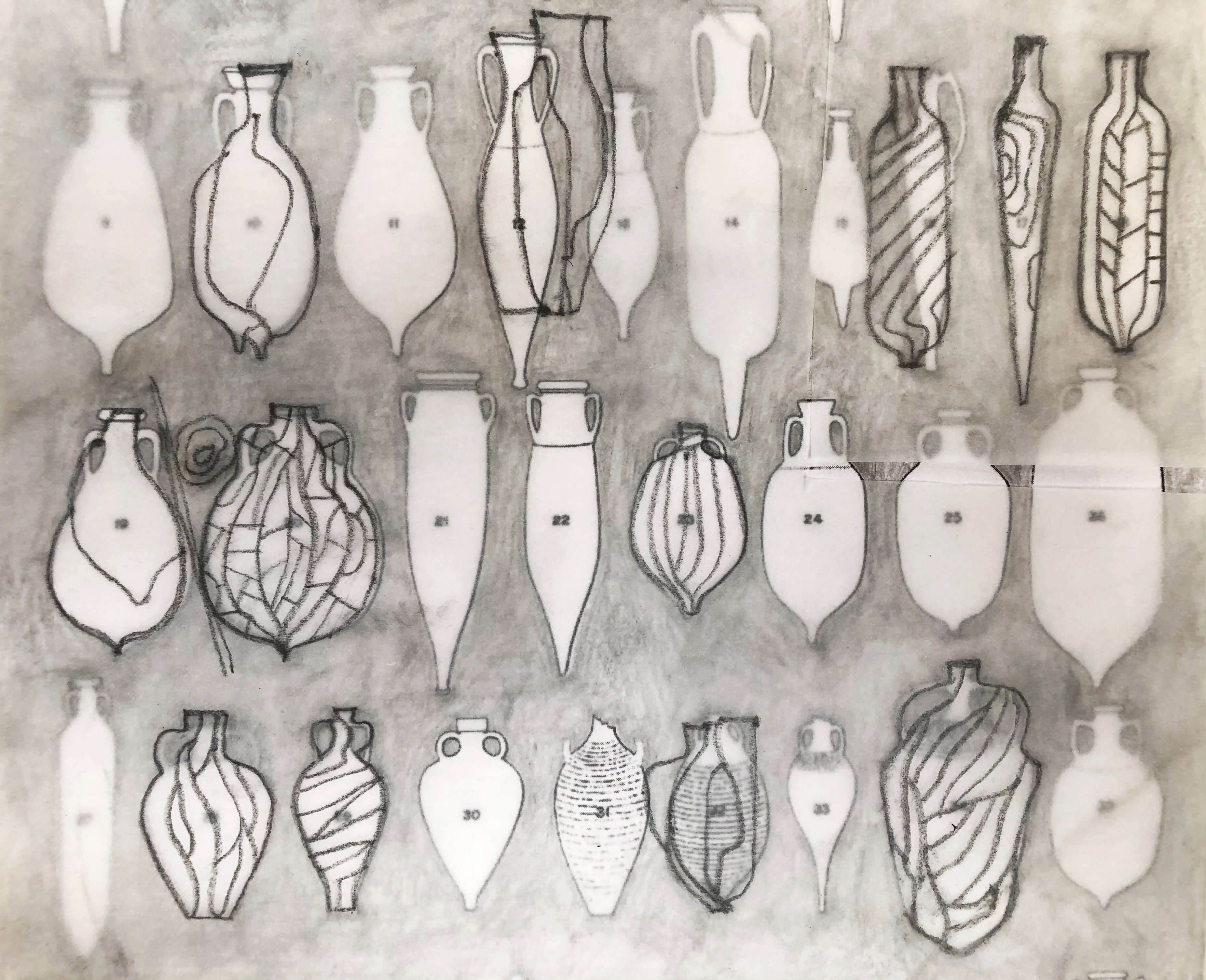 הטבלה של דרסל
הטבלה של דרסל
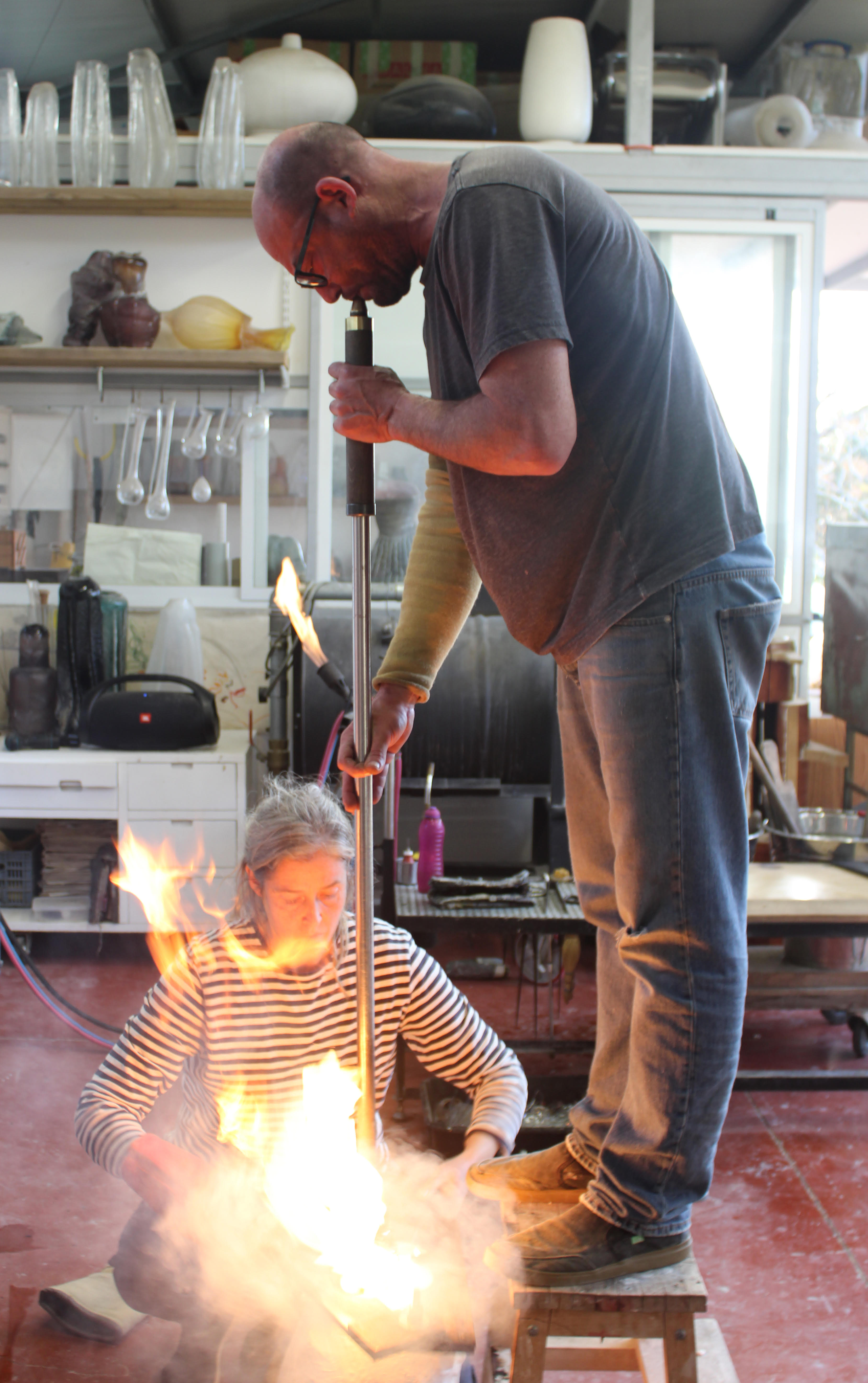 נועם ומיכל_צלם אריאל ואן סטרטן
נועם ומיכל_צלם אריאל ואן סטרטן